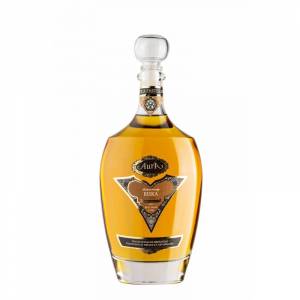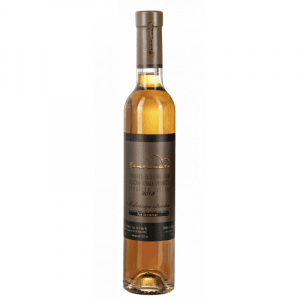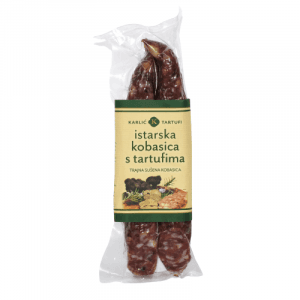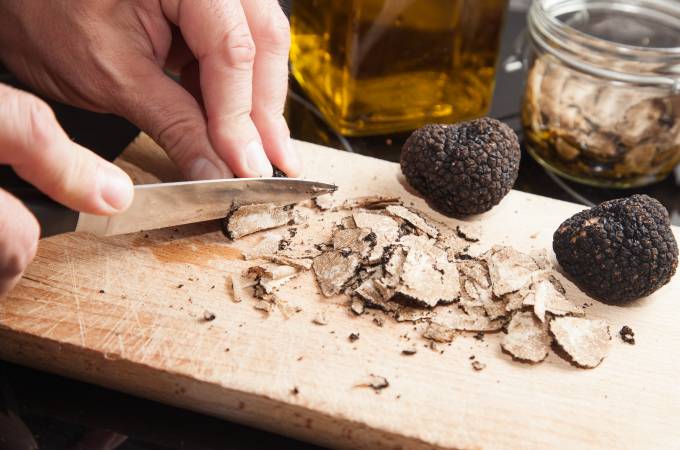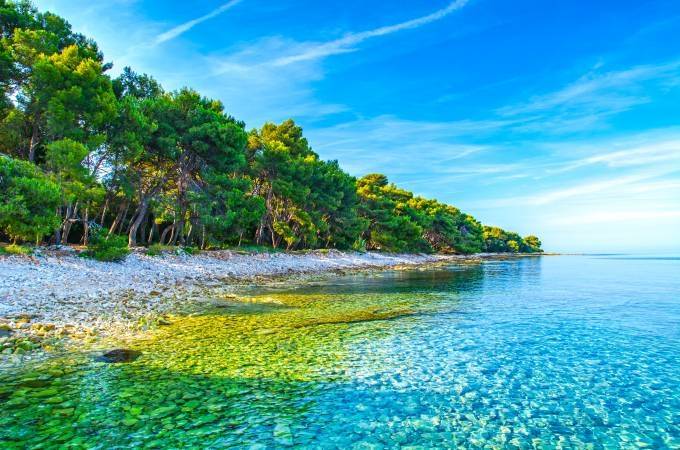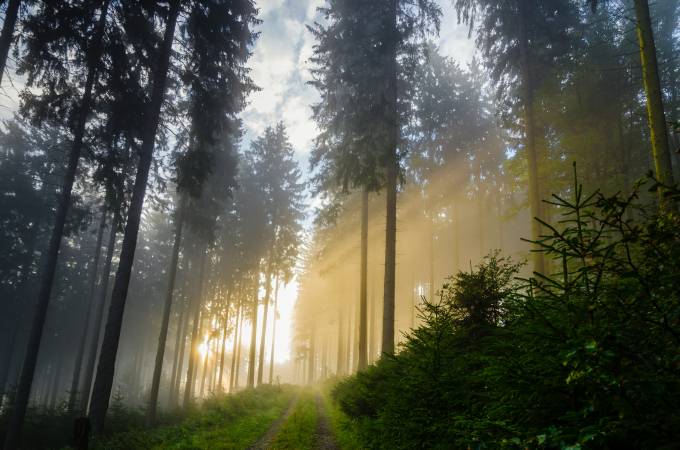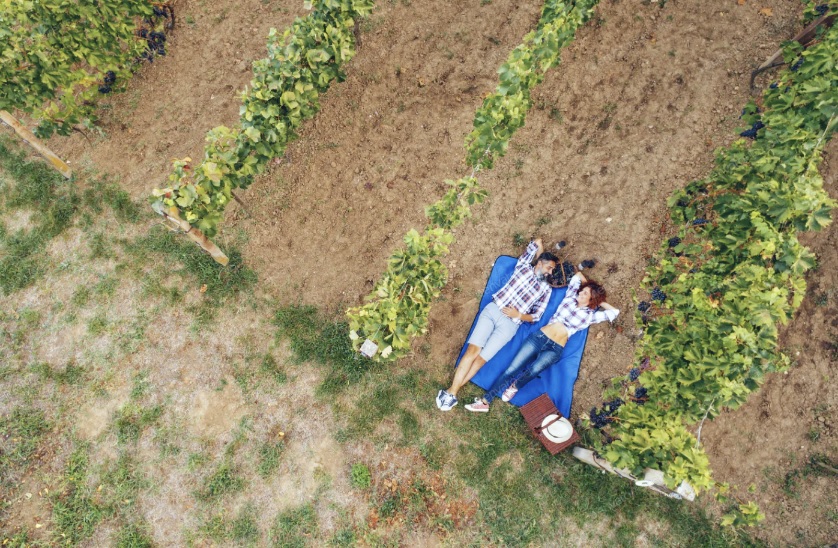Green Istria
Hidden beauties of central Istria: Sovinjak

Today, the mostly deserted and least populated part of Istria, Buzet, has not always been like that. Architecture and cultural monuments scattered in many settlements testify about the rich life of this northern part of central Istria. One of them is Sovinjak, a village placed on a plateau above the Mirna river, eight kilometers from Buzet, surrounded by numerous villages, such as Sirotići, Bračani, Sovinjsko Polje, Sovinjsko Brdo, Parčane.
This area was inhabited in prehistoric times, and Sovinjak itself is first mentioned in 1195 as a feudal castle whose owners were vassals of the Aquileian patriarch. Then the estate became part of the Principality of Pazin, after that it was under the rule of the Venetian Republic for almost three centuries, then Austria, Italy, and after the Second World War, like the rest of Istria, it became a part of Yugoslavia.
Such crossing between cultures in such a small village is visible still today primarily in its architecture. The castle mentioned in historical sources was located on the site of today’s cemetery, on top of the hill. The village was formed in its proximity, down the road leading from the cemetery to the plateau. When the castle ceased to exist in the 15th century, the village was surrounded by walls.
The main city street of Sovinjak widens in the middle into the square where the church of St. Juraj is located, a medieval building from the 16th century, renovated in 1927. Above its facade, on which used to stand the now lost Glagolitic inscription from 1557, there is a Renaissance bell of the Aquileian type. In the church, there is the main altar with the fall of St. Peter the Apostle, the altar with the statue of the Heart of Jesus, and the altar with the statue of the Blessed Virgin Mary with the Child.
In the town, along the access road on the east side, there is also the chapel of St. Rok, a late Gothic single-nave building built in the early 16th century. The pointed-barrel vault of the church makes its interior distinctly vertical, and it is decorated with frescoes made in 1571 by Domenicus Utinensis (Dominic of Udine). Apart from these sacral buildings, the cultural and historical heritage of the city consists of several baroque and classicist houses and palaces, but in addition to architecture, Sovinjak hides many other stories and legends.
At the base of the hill on which Sovinjak once stood, there was the Minjera mine - the first bauxite mine in the world. If you start from Buzet on a marked hiking trail, you will reach these ancient excavations dating back to the 16th century, and if you are in the mood for a real adventure, bring a flashlight and explore some of the mines that are open for visitors.. Minjera, like other mines in the area, was shut down in the middle of the 19th century, and the population of Sovinjak today, as before, is mainly engaged in olive growing, beekeeping and, of course, viticulture, for which the area has long been known and famous. Tradition says that the Roman Empress Livia Drusilla drank exclusively Pucinum wine from Sovinjak, which was brought to her and which she called "the elixir of long life". And she lived to be 87, which is significant for that time. Therefore, visit Sovinjak at the beginning of October when the White Sunday, a festival of young wine, is held there, and like Livia Drusilla, toast to life and youth.
Today, only 27 people live in Sovinjak, but it is the peace of the unjustifiably forgotten Istria, as well as the beauty of nature, tranquility of endless vineyards, and cultural and historical value of the village, that make Sovinjak an interesting tourist destination that everyone who visits falls in love with.

